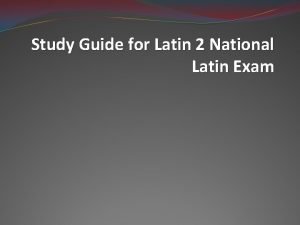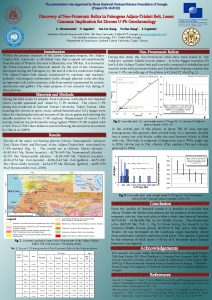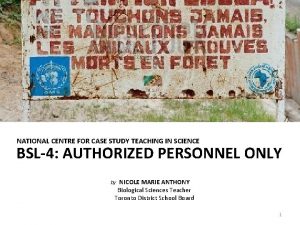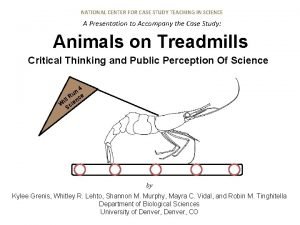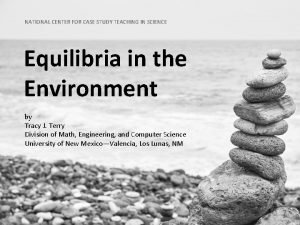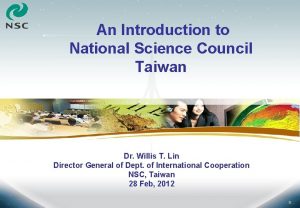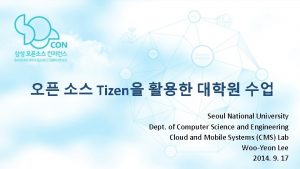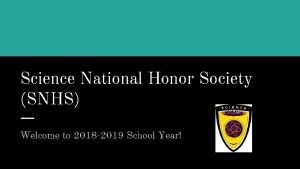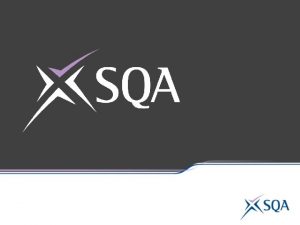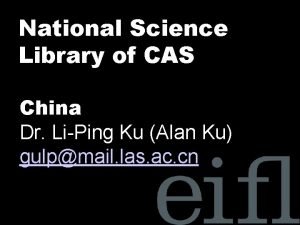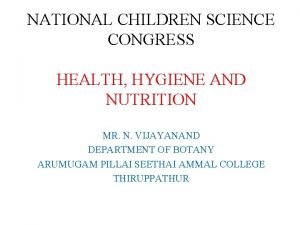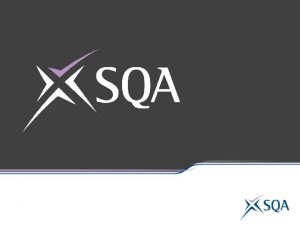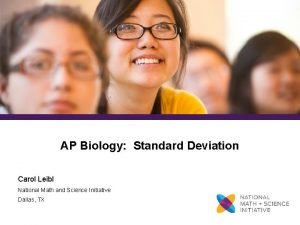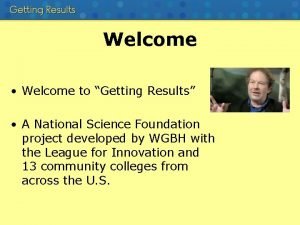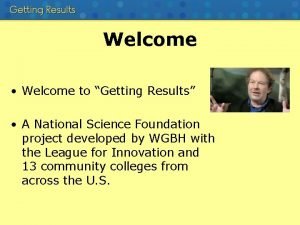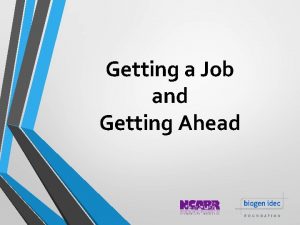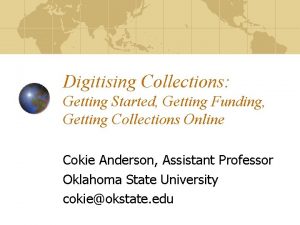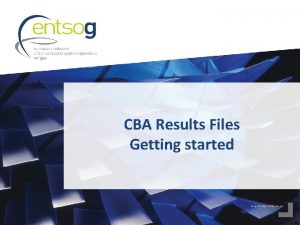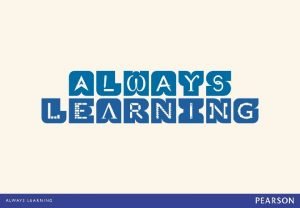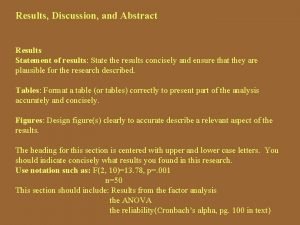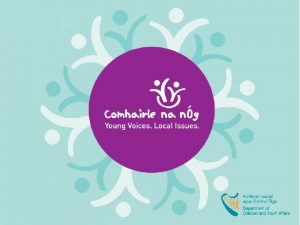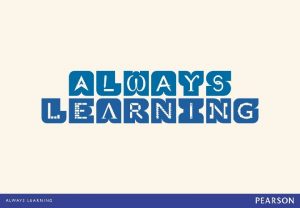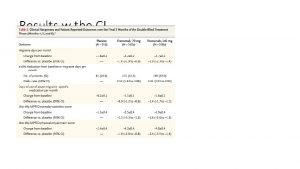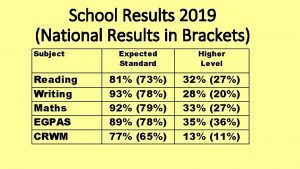Welcome Welcome to Getting Results A National Science





















- Slides: 21

Welcome • Welcome to “Getting Results” • A National Science Foundation project developed by WGBH with the League for Innovation and 13 community colleges from across the U. S.

Getting Acquainted Working with a partner: • Introduce yourself to a colleague. • Describe the courses you teach.

“Getting Results” Goals • To impact teaching and learning in ATE and STEM programs • To impact teaching and learning in community colleges

Module 2 Planning for Outcomes

Module 2 Intended Outcome v As a result of this module, you should be able to envision students in the jobs for which they are preparing. You should be able to design courses that help them learn the skills, issues, and concepts they will need to succeed.

“Planning for Outcomes” Watch the video: http: //www. league. org/gettingresults/web/module 2/introductio n/planning_outcomes_video. html • What are the primary factors these teachers have taken into consideration when planning their courses? • How does planning alongside other teachers contribute to a coherent curriculum?

Thinking About Planning When thinking about planning for outcomes, you need to consider: • The current demands of industry and any certification standards • How you can link your course goals with the larger program goals

Thinking About Planning When thinking about planning for outcomes, you need to consider: • How you can plan your course based on the intended outcomes • How you can create lessons that will lead the students toward the desired outcome

“Preparing for Industry” Watch the video: http: //www. league. org/gettingresults/web/module 2/thinking/pre paring_video. html How do these teachers structure their classes to prepare students for future careers?

Aligning with Program Outcomes • It is important to align your course outcomes with those of your department or degree program. • Check with your department chair to see what program standards exist for your course and how you need to incorporate them into your class.

“Integrating Disciplines in Project-Based Learning” Watch the video: http: //www. league. org/gettingresults/web/modul e 2/thinking/integrating_disciplines_video. html# • How do the instructors in this video plan an integrated project with the outcome in mind?

Developing Learning Outcomes Effective learning outcomes must: • Have an action word that describes what the student will do differently as a result of your course • Describe meaningful learning

Developing Learning Outcomes Effective learning outcomes must: • Be measured/verified i. e. , you can measure students’ ability to achieve them • Represent high levels of thinking, rather than trivial tasks • Be written in plain language students can understand

Writing Your Syllabus • The final step in planning your course, once you have written your outcomes, created assessment tasks, and planned learning experiences, is to write the course syllabus.

Writing Your Syllabus Syllabi typically fall into one of three frameworks: • Content-focused • Competency-focused • Outcomes-focused

Writing Your Syllabus Visit the following link to see sample syllabi: http: //www. league. org/gettingresults/web/module 2/le arning/writing_syllabus. html • Look at the examples of a content-focused syllabus and an outcomes-focused syllabus. • How would the information in the syllabus guide your thinking and understanding of what would happen in the class?

Looking Back When planning for outcomes: • You need to know specifically what the students must be able to do in the workplace and the certification standards for that industry.

Looking Back When planning for outcomes: • You need to link your course goals with the larger program goals.

Looking Back When planning for outcomes: • You need to plan your outcomes first and then plan activities that support the outcomes.

Looking Back When planning for outcomes: • You need to write a course syllabus that focuses specifically on what the students should be able to do upon completion of the course.

Next… Module 3: Active Teaching and Learning
 The secret to getting ahead is getting started
The secret to getting ahead is getting started Prayer before final exam
Prayer before final exam Nerdy frog
Nerdy frog What is your favourite subject? *
What is your favourite subject? * Itus exam
Itus exam Welcome welcome this is our christmas story
Welcome welcome this is our christmas story National unification and the national state
National unification and the national state Unist application fee
Unist application fee Shota rustaveli national science foundation
Shota rustaveli national science foundation National centre for case study teaching in science
National centre for case study teaching in science National center for case study teaching in science
National center for case study teaching in science National center for case study teaching in science
National center for case study teaching in science National center for case study teaching in science answers
National center for case study teaching in science answers National science council taiwan
National science council taiwan Seoul national university computer science
Seoul national university computer science Science national honor society project ideas
Science national honor society project ideas National 5 environmental science
National 5 environmental science National science library
National science library National children's science congress projects ideas
National children's science congress projects ideas National 5 engineering science
National 5 engineering science National math and science initiative ap biology
National math and science initiative ap biology National science education standards inquiry
National science education standards inquiry




